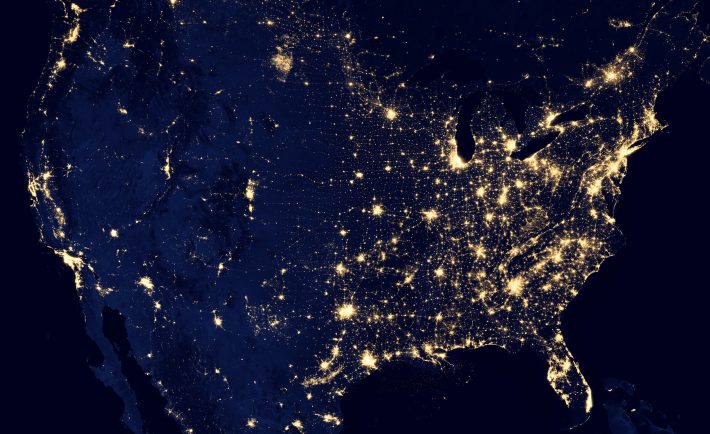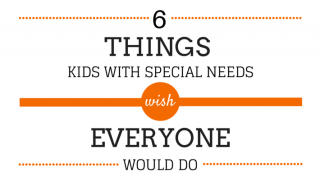
The voting system in the US election often confuses people. What is an Electoral College, and what is the difference between the ‘popular vote’ and the ‘electoral college vote’? Who are the people who work in Congress, and what is the difference between the Senate and the House of Representatives? We take a closer look and answer these and other questions, in a kid-friendly way.
Political Systems
The first thing that you might notice when you compare the US and the UK political systems is that we have different names for the person in charge. The US has a President and the UK has a Prime Minister. That’s because the US is a PRESIDENTIAL SYSTEM and the UK is a PARLIAMENTARY SYSTEM. You can read more about the UK system, and how elections are decided here.
The British PM is the leader of the party that gets the most votes and is able to form a government. The US President (often called President Of The United States, or POTUS for short) is elected directly by the voters. Or almost directly, but more to that later!
Congress
While the British PM can get on with governing and generally has a majority in parliament to get most laws passed, the US President has to work closely with Congress. A bit like the UK Houses of Parliament and Lords, although in the US both houses are elected by the public, Congress is made up of the House of Representatives and the Senate. Laws are introduced by members of Congress, not by the President directly.
The House of Representatives is responsible for initiating all revenue-based legislation. What does that mean? Well, it means that they control the purse-strings of the US government. The citizens of America pay taxes in various ways; when they buy goods at the supermarket, when they earn money for their work, when they sell a house or buy a car. The House of Representatives decide how much money to take from the people and what to spend it on – things like building roads and schools, paying for the police force and the fire service and much more.
The Senate is there to make sure that the House and the president act in the best interest of the American people, and to approve foreign treaties and appointments by the president.
The House of Representatives
The United States consists of 50 states. In a country the size of USA, the wishes and needs of the people differ greatly depending on where they live. In Phoenix Arizona, many citizens are concerned about drought and preserving water, which is unlikely to be an issue in rainy Seattle in the State of Washington!
Each state is split into districts, depending on the size of the population, and every district has one representative. The House of Representatives is voted every two years, so that means that in the middle of a four-year presidential term, there are ‘mid-term’ votes.
Remember we said that Congress introduce laws? There are at most 435 Congressmen/women in the House of Representatives, generally from just two political parties – Republican Party (often referred to as the GOP or Grand Old Party) and the Democratic Party. The party that has the most representatives, i.e. a majority of 218 seats, determines the direction the House takes. Which means they can propose and block more laws than the other party.
The Senate
The Senate is, like the House of Lords in UK, a body to check and balance the work done by the president and the House of Representatives. If the president is the same party as both the House and the Senate, it can lead to the passing of many laws in a particular political direction, either conservative or liberal. If the House and Senate are of the opposing party, the president may find it difficult to reach his political aims.
Senators are elected by the public and serve for 6 years. The elections are staggered so that every two years some of the Senate run for re-election. Each State is represented by two senators, regardless of its population. Like the House of Representatives, they are elected by what we Brits call the First-Past-the-Post system, which means that the candidate who receives the most votes wins the election.
POTUS
The US election to name a new President of the United States takes place every four years. The two main parties – remember we said they were the Democrats and Republicans – hold so-called primaries to decide who to nominate as their presidential candidate. The candidate chooses a vice presidential candidate and they head off to tour the country and try to persuade lots of people to vote for them. This is called a presidential campaign, and cost a lot of money!
Every eligible voter has one vote for the presidential candidate of their choice, and then other votes for the Members of Congress or Senate (often called ‘down-ticket votes, as they are further down the ticket!)
Electoral College
Here’s where it gets tricky! A presidential candidate receives votes from all the voters, and this is called the popular vote. Instead of electing the President directly, the voters elect one of 538 electors. The States where most people live get more Electors, as this is based on the number of Congressmen/women. We call this the electoral college.
Each elector then casts a vote to represent the winning party in their state. There is no constitutional (legal) requirement for them to do this. If they want to, they can vote for the other party, but this is pretty unusual. We call someone who does this a ‘faithless elector‘.
Since 1802 only four out of 52 elections haven’t seen the same candidate win the popular vote and the Electoral College.
WHY DOES USA HAVE AN ELECTORAL COLLEGE?

It may seem needlessly complicated but there is a good historical reason for this system. When the USA was founded back in 1787, the founding fathers didn’t trust the popular system to elect the president. They worried that if every vote counted the same, that states with large populations would have a higher chance of sending their favourite son to the White House!
Even though the system is sometimes criticised, it does help smaller (and less populated) states have a larger say in the direction that the country is run.
The largest state, California, has over 12% of the US population but its 55 electoral college votes represent only 10.22% of the college total.
Wyoming, where fewer people live, has just 0.18% of the US population but its three seats in the electoral college give it 0.56% of the college votes.
ELECTING POTUS
To be elected president, a candidate needs 270 votes – half of the 538 electoral college + 1. In the run-up to a presidential election, the campaigns obsess about how likely they are to win each state and try to work out what combination of states they need to win to reach the White House.
After the election, which is always on the “the Tuesday next after the first Monday in the month of November”, the winning candidate is announced. He or she is then termed the President Elect and will take office on Inauguration Day on January 20th (or 21st, if the 20th is a Sunday). Until then, then sitting president is still in charge.

TEACHERS – Download this and share with your students – links to this page.






